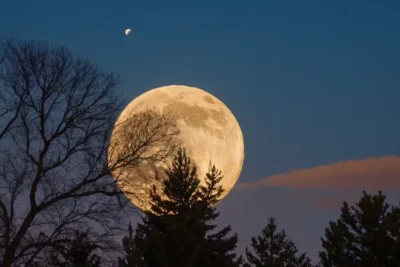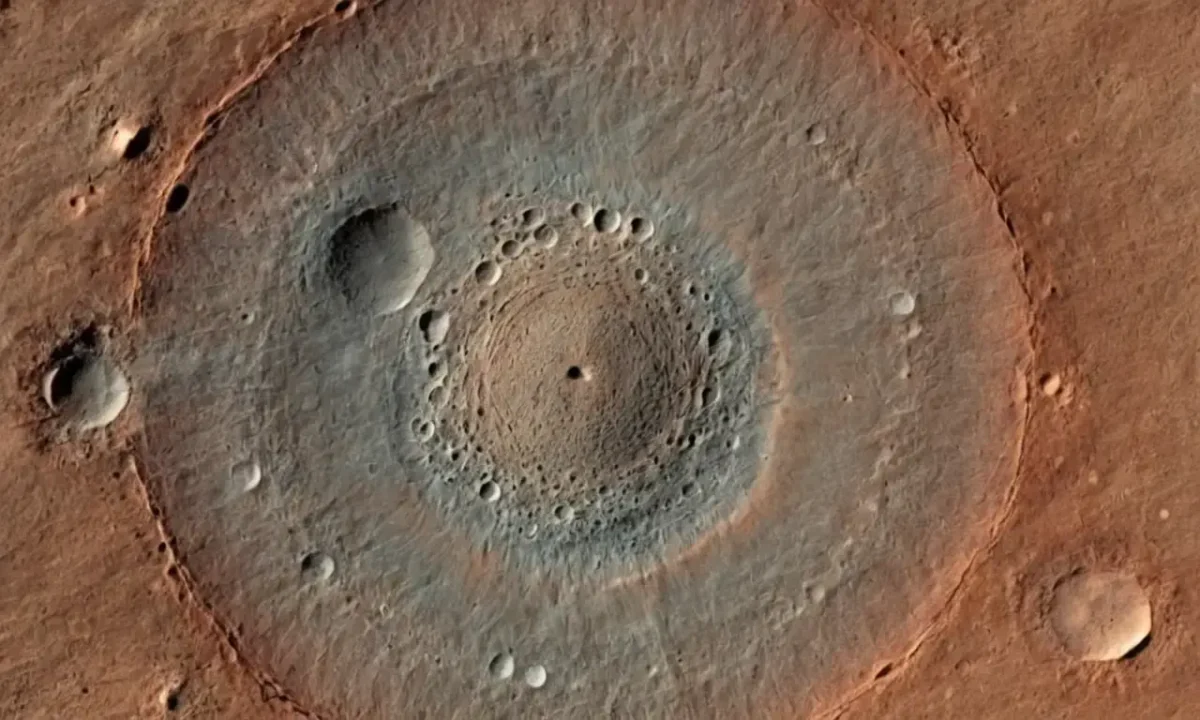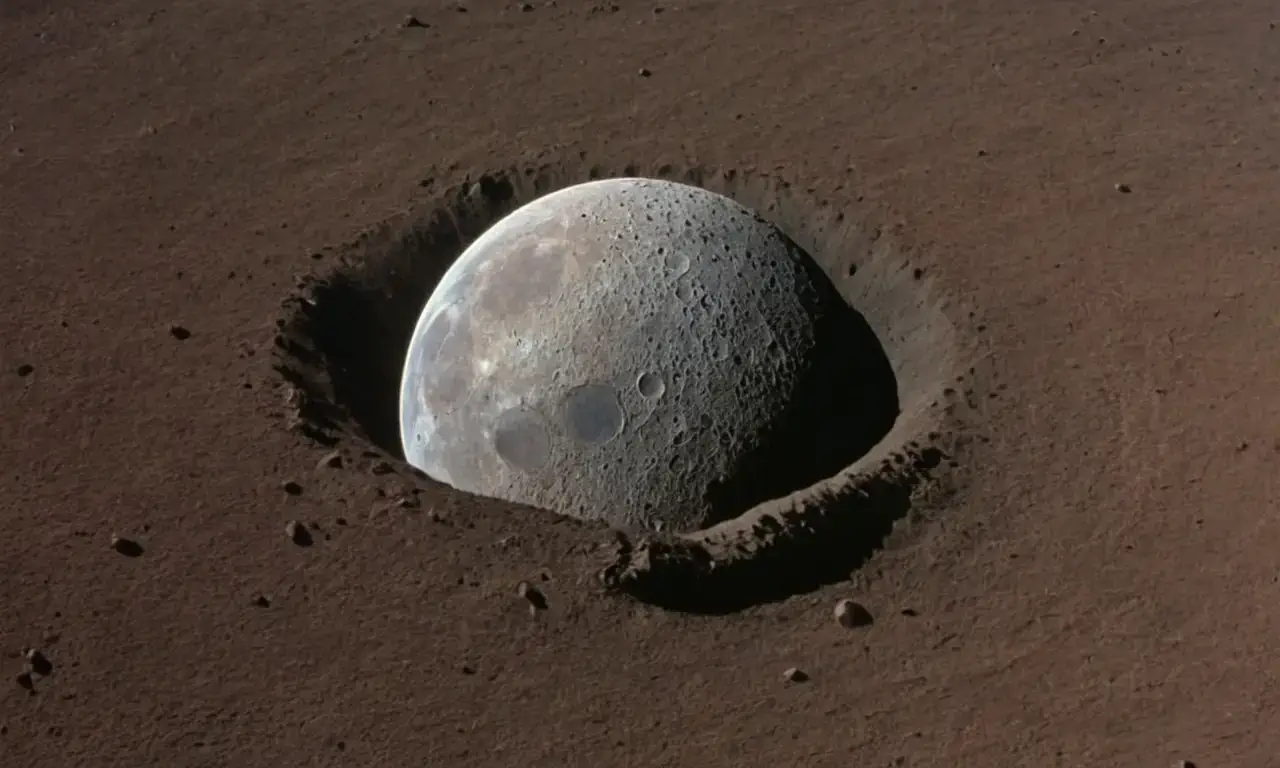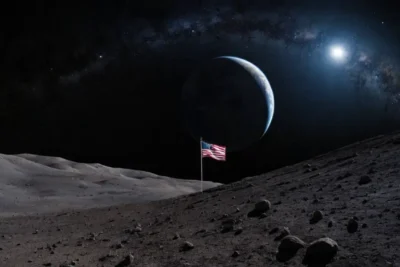
Moon: Surface Features, Composition and Lunar Evolution

The Moon, Earth's only natural satellite, has captivated humanity for millennia. Its silvery glow in the night sky has inspired countless myths and legends, while scientific exploration has revealed a fascinating world of craters, plains, and geological features that offer insights into our solar system's history. Understanding the surfaces of moon is crucial not only for appreciating its beauty but also for planning future lunar missions and unraveling the mysteries of celestial bodies. This article delves into the diverse landscape of the Moon, exploring its surface features, composition, formation, and evolution.
The objective of this article is to provide a comprehensive overview of the Moon's surface, covering topics such as what's on the moon, the types of landforms found there, their geological significance, and the challenges faced by future lunar missions. By examining these aspects, we aim to deepen our understanding of this celestial neighbor and its potential for human exploration in the years to come.
Surface Features and Composition
The Moon's surface is a testament to billions of years of cosmic bombardment and volcanic activity. It presents a stark contrast between dark, flat plains known as lunar maria and lighter, mountainous regions called lunar highlands. These contrasting features are not only visually striking but also hold clues about the Moon's past and present geological processes.
The lunar maria, which cover approximately 20% of the Moon's surface, are vast, dark plains formed by volcanic eruptions that occurred billions of years ago. These eruptions ejected massive amounts of lava onto the lunar surface, solidifying into a smooth, relatively flat terrain. The most prominent example is the Sea of Tranquility, where the Apollo 11 landing site is located.
In contrast, the lunar highlands are characterized by their rugged topography and lighter color. This variation in appearance is primarily due to the composition of the rocks found on these surfaces. The lunar highlands predominantly consist of anorthosite, a type of igneous rock rich in calcium-aluminum silicate minerals. These rocks formed from slow cooling lava flows that solidified over time, resulting in a more fragmented and mountainous landscape.
Beyond these broad categories, the Moon's surface is also dotted with craters, impact basins formed by collisions with asteroids or comets throughout its history. These craters are a testament to the constant bombardment of the Moon by space debris, highlighting the dynamic nature of our solar system. The distribution of craters across the lunar surface provides valuable information about the timing and intensity of these impacts.
Lunar Maria and Highlands
The contrasting features of lunar maria and lunar highlands offer insights into the Moon's geological history. These regions reflect different stages in the Moon's evolution, with the maria representing a period of intense volcanic activity that shaped the lunar landscape billions of years ago.
The formation of lunar maria is attributed to massive outpourings of basaltic lava during a period known as the "Moon-forming era." This molten rock flowed freely across the surface, eventually solidifying into vast plains. The dark color of these regions is due to the high concentration of iron and magnesium in the basalt, which absorbs light more effectively than lighter materials like anorthosite.
The lunar highlands, on the other hand, are characterized by their rugged terrain and lighter color. This difference in appearance is primarily due to the composition of the rocks found on these surfaces. The lunar highlands predominantly consist of anorthosite, a type of igneous rock rich in calcium-aluminum silicate minerals. These rocks formed from slow cooling lava flows that solidified over time, resulting in a more fragmented and mountainous landscape.
The presence of craters is another key feature that distinguishes the two regions. Craters are bowl-shaped depressions on the lunar surface caused by impacts with asteroids or comets. They are more prevalent in the highlands than the maria, suggesting that these areas experienced more frequent bombardment during their formation. This difference in crater density provides further evidence of the distinct geological histories of these regions.
Craters and Regolith
The Moon's surface is not only visually diverse but also holds clues about its past and present geological activity. One such feature is craters, which are bowl-shaped depressions formed by impacts with asteroids or comets throughout the Moon's history. These craters provide valuable insights into the bombardment rate of the Moon and the evolution of its surface features.
Craters come in various sizes, from small impact scars to massive basins that dwarf entire mountain ranges. The most prominent example is the South Pole-Aitken Basin, a colossal crater estimated to be over 2,500 kilometers wide, highlighting the scale of impacts that have shaped the lunar landscape.
Another important feature on the Moon's surface is regolith. This loose, powdery material covers much of the lunar surface and consists primarily of fine-grained rock fragments and volcanic glass. Regolith plays a crucial role in shaping the lunar environment by influencing the distribution of water ice and providing a substrate for future exploration missions.
Lunar Rock Analysis

Lunar rocks provide invaluable insights into the Moon's formation, evolution, and potential resources. These samples have been collected through robotic missions like the Apollo program, which brought back hundreds of kilograms of lunar material. Analyzing these rocks has allowed scientists to piece together the Moon's geological history and understand its relationship with Earth.
One key finding is that lunar rocks show similarities to materials found in Earth's mantle, suggesting a shared origin for both planets. This similarity suggests that the Moon formed from the same material as Earth, further supporting the theory of a common solar system formation process.
Furthermore, studying the mineralogy of lunar rocks has revealed valuable information about the Moon's volcanic activity and its evolution over time. For example, the presence of specific minerals like olivine and pyroxene suggests that the Moon experienced periods of intense volcanism in its early history. This knowledge helps scientists reconstruct the Moon's past and understand how it evolved into the celestial body we see today.
Formation History and Evolution
The Moon's formation is a complex process that continues to intrigue scientists. The prevailing theory is the Giant-Impact Hypothesis, which suggests that a Mars-sized object collided with Earth billions of years ago, ejecting debris that coalesced to form the Moon. This impact would have been catastrophic, but it also played a crucial role in shaping our solar system.
The Moon's early history was marked by intense volcanic activity, leading to the formation of lunar maria. These vast plains were formed by lava flows that erupted from volcanoes and spread across the lunar surface. Over time, these eruptions created the smooth, dark plains we see today.
However, the Moon's evolution wasn't limited to volcanism. The presence of craters on its surface suggests a history of bombardment by asteroids and comets. These impacts have played a significant role in shaping the Moon's topography and influencing its geological features.
Absence of Plate Tectonics and Magnetism
One of the most intriguing aspects of the Moon is its lack of plate tectonics or a significant magnetic field. This absence has profound implications for our understanding of planetary evolution.
Plate tectonics, the movement of Earth's tectonic plates, plays a crucial role in shaping continents and oceans. It also contributes to volcanic activity and the recycling of materials within the planet. However, the Moon lacks these features, suggesting that it formed under different conditions.
The absence of plate tectonics on the Moon means that its crust is not actively moving or changing shape. This lack of dynamism has implications for the Moon's future evolution. It also makes it challenging to study processes like mantle convection and volcanic activity in a similar way as Earth.
Furthermore, the Moon's lack of a significant magnetic field is another unique feature. A planet's magnetic field protects its atmosphere from harmful solar radiation. However, the Moon lacks this protection, making it more susceptible to cosmic rays and other space debris. This vulnerability has implications for future lunar exploration missions.
Conclusion
The Moon is a fascinating celestial body that continues to inspire scientific curiosity. Its diverse surface features, unique geological history, and lack of plate tectonics make it an ideal target for further exploration. Studying the Moon not only helps us understand our own planet but also provides valuable insights into the formation and evolution of planetary systems across the cosmos.
Leave a Reply





Related Links